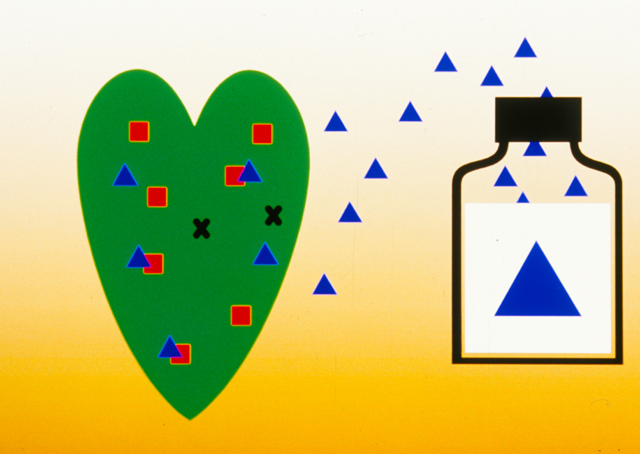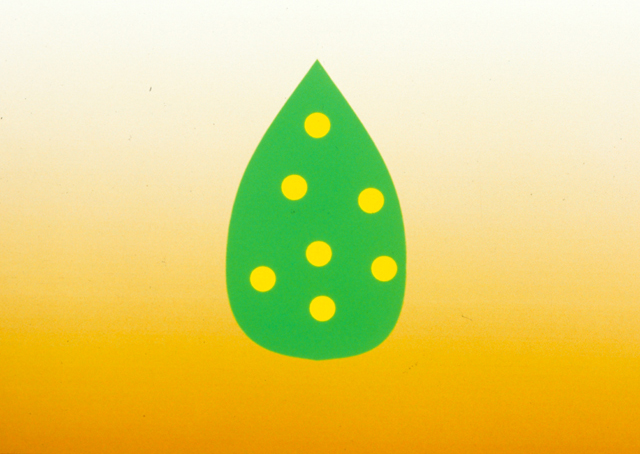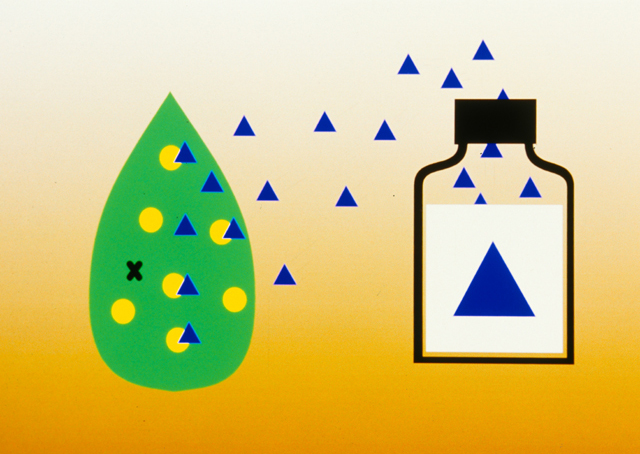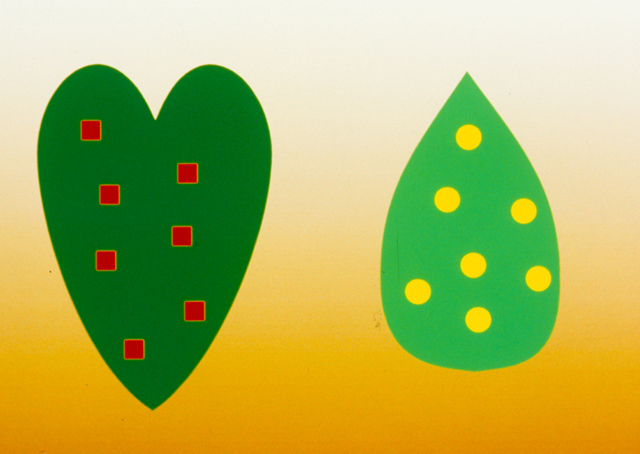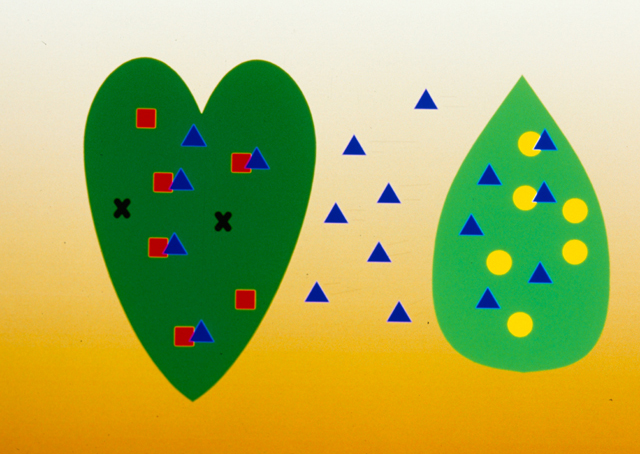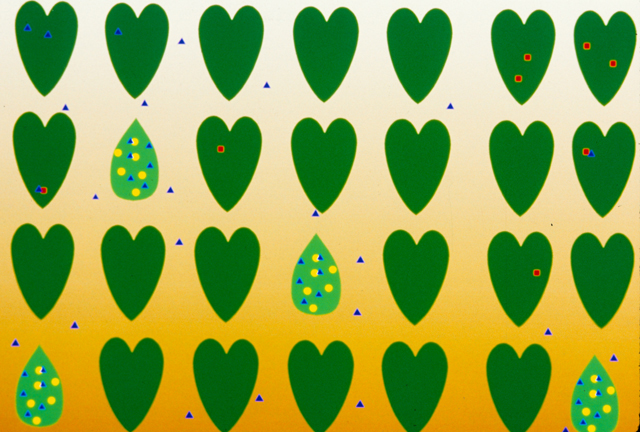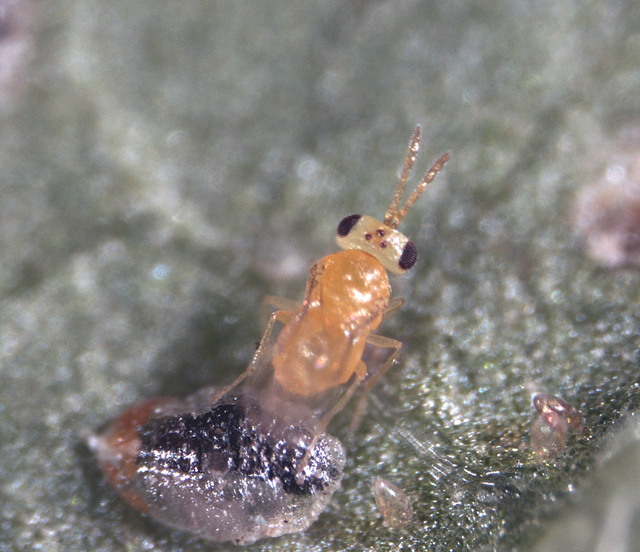|
Using Banker Plants Banker Plants - Photo and Video page click here.
|
|
|
| This is a schematic view of the crop being attacked by the pest we would like to control. Examples would be poinsettia infested with silverleaf whitefly (Bemisia argentifolii) or ivy infested with two-spotted spider mite (Tetranychus urticae). |
|
|
| This is a schematic view of natural enemies being released on the crop to protect if from the pest of interest. |
|
|
| This is a schematic view of the banker plant (BP) being attacked by the alternate host (AH). Examples would be papaya infested with papaya whitefly (Trialeurodes variabilis [Quaintance]), corn infested with Banks grass mite (Oligonychus pratensis [Banks]) or sorghum infested with corn leaf aphid (Rhopalosiphum maidis). |
|
|
| This is a schematic view of natural enemies being released on the banker plant to attack the alternate host and increase in numbers. |
|
|
| This is a schematic view to show that the alternate host does not infest the crop. |
|
|
| This is a schematic view of natural enemies moving between the crop and the banker plant. This is the aim of the system: the natural enemies will move from the banker plant in search of food. If the crop is infested with the pest for which the system was designed (spider mites or whiteflies), they will be attacked and killed. |
|
|
| Banker plants in interspersed throughout the crop establishing a resident population of natural enemies that will attack the crop pests if they should happen to try infesting the crop. |
|
Examples of Systems: WHITEFLIES Papaya whitefly (Trialeurodes variabilis [Quaintance]) and Encarsia sophia. This species was previously called Encarsia transvena. (clicks on photo to enlarge) Encarsia sophia Papaya whitefly
The two on the left were killed by an adult E. sophia feeding on them
MITES Banks grass mite (Oligonychus pratensis [Banks]) and various mite predators: Stethorus spp., Feltiella acarisuga, Scolothrips sexmaculatus, Galendromus occidentalis, Neoseiulus californicus, or Phytoseiulus persimilis. The following video clip is from a DVD developed by IPM Florida and produced by IFAS Communication Services. The authors of the DVD are Drs. Jennifer L. Gillett & Norman C. Leppla. The title of the DVD is Integrated Pest Management in Florida and contains a number of clips that highlight successful IPM projects in Florida.
Click on the control above to view the Flash video. Click here to view a version that plays on Windows Media Player APHIDS Rhopalosiphum padi (Bird-cherry aphids) on winter barley (Hordeum vulgare L.) Schizaphis graminum on winter wheat or Rhopalosiphum maidis (Corn leaf aphid) on sorghum. All of these aphids can serve as prey for various predators and parasitoids that attack melon and green peach aphids. |
GRAPHICS PRODUCED BY W.C. FOOSHEE
WEB PRODUCTION BY M. Thompson

